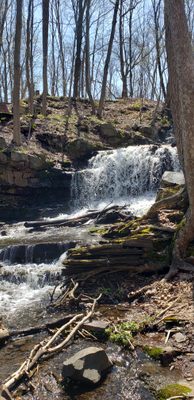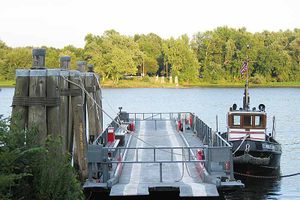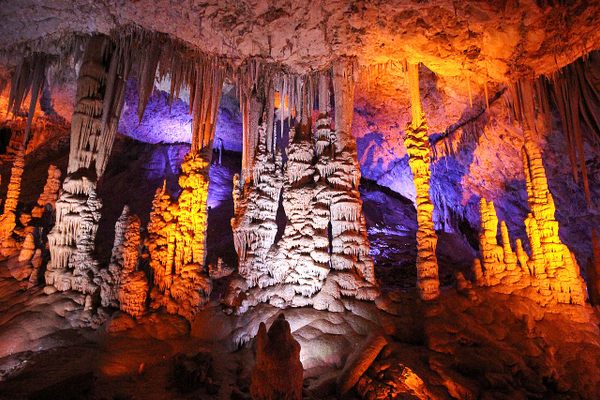About
These dunes provide habitat for a floral community consisting mainly of rushes, horsetails, bayberries, and other hardy shrubs that is normally only found along the sandy coast. Not only is the area botanically intriguing, but it's also evidence of the land's long history.
Twenty thousand years ago, near the end of the Ice Age, New England was covered by a massive glacier that extended all the way to the southern shore of Long Island. As this wall of ice retreated northward about 18,000 years ago, the valley that runs through Connecticut and Massachusetts partially filled with melt-water, creating prehistoric Lake Middletown.
At the northern tip of this lake, water flowing off the glacier built up a delta of sediments around what would become the modern-day town of Glastonbury, Connecticut. Lake Middletown eventually drained, but the delta remained, and as the glacier receded farther, this sediment acted as a dam, trapping water between it and the ice. This created an even larger body of water called Lake Hitchcock, named after a famous Massachusetts geologist from the 1800s.
Lake Hitchcock lasted for approximately 6,000 years before it eventually eroded through the dam and drained to the ocean in what must have been a massive, catastrophic flood. Today, the remains of the dam are still visible in the town of Rocky Hill, Connecticut, as an area of sand and gravel dunes. Though some of the sediment has been harvested for building projects, much of it still remains.
Related Tags
Know Before You Go
The sand dunes are located along the southern edge of the Dividend Pond Trails and Archaeological District in Rocky Hill, Connecticut. You can reach them by parking at the trail entrance at 30 Old Forge road and taking the path along the southern edge of the park. There are several trails along this path that climb over a ridge to reach the dunes. The dunes can also be reached by following Meadow Road in Cromwell to a pull off opposite a golf course
Published
May 23, 2019






























